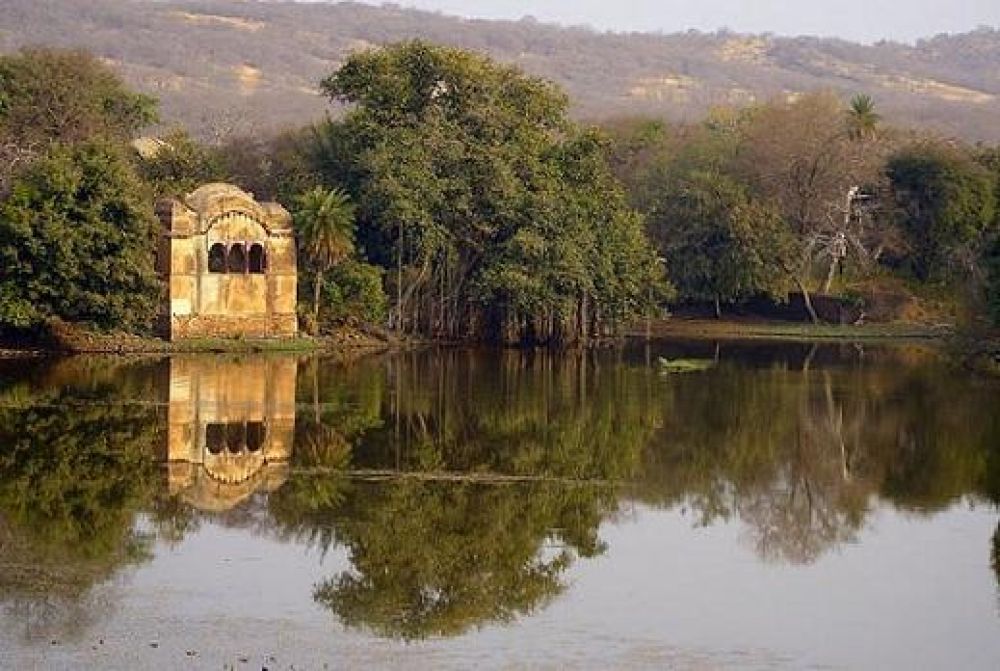

The Raj Bagh Ruins are an evocative historical site located in the heart of Ranthambore National Park, near Sawai Madhopur in Rajasthan, India. These ruins date back to the ancient era and are surrounded by dense forests, offering a stunning blend of nature and history.
While Ranthambore National Park is primarily known for its wildlife, especially its tiger population, the Raj Bagh Ruins add a mysterious charm to the visit. This site was less frequented in the past due to the spotlight on the national park's wildlife, but over the years, it has gained popularity among tourists who are as interested in history as they are in nature.
The history of tourism in this area began with the establishment of the Ranthambore National Park in the 1950s and later when it was declared one of the Project Tiger reserves in the 1970s. However, it wasn't until the late 20th century that the ruins of Raj Bagh themselves became a pivotal attraction.
The ruins consist of ancient stone structures, domes, arches, and step-wells, believed to be remnants of palaces, hunting lodges, and other royal buildings. They are a testament to the grandeur of past Rajput kings who once ruled the region.
Today, the Raj Bagh Ruins attract a variety of tourists, from history buffs and archaeology enthusiasts to wildlife photographers and nature lovers. Visitors often combine a safari in Ranthambore with a visit to the ruins, making the most of their trip.
Sustainable tourism has been on the rise, with efforts to preserve both the natural environment of the national park and the historical significance of the Raj Bagh Ruins. Local authorities have implemented regulations to ensure minimal human impact on the surrounding wildlife habitat while allowing tourists to appreciate the site's beauty.
Moreover, tourism trends have been leaning towards more immersive experiences. Hence, local guides and historians are often seen engaging tourists with captivating tales and lesser-known facts about the Raj Bagh Ruins, providing a deeper understanding of the site's historical importance.
Technology has also influenced how these ruins are experienced. Many visitors now utilize audio guides, augmented reality apps, and virtual tours, which offer dynamic ways to visualize the past grandeur of the Raj Bagh Ruins right from their devices.
In addition, many initiatives have been taken to promote responsible travel, with hotels and tour operators in Sawai Madhopur offering eco-friendly accommodations and experiences, encouraging tourists to minimize their carbon footprint while enjoying the rich heritage of the region.
As the Raj Bagh Ruins continue to fascinate new generations of travelers, it remains a shining example of the harmonious coexistence of nature, wildlife, and historical legacy in the heart of Rajasthan.